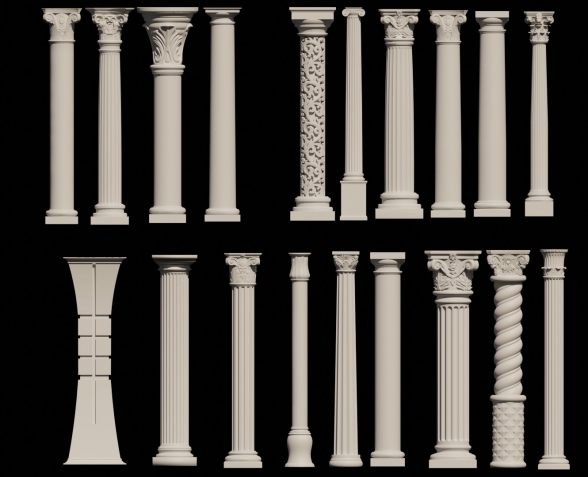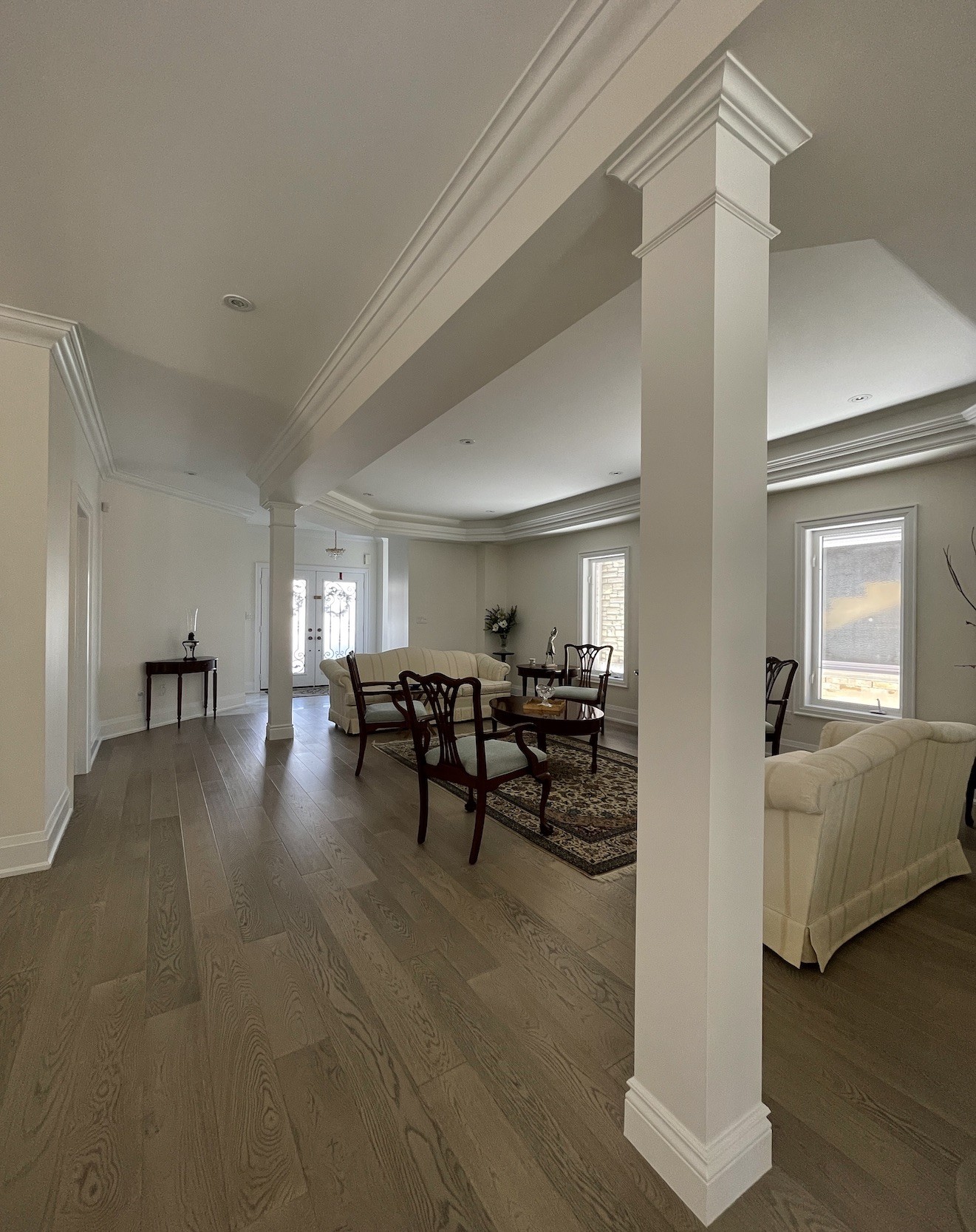Decorative pillars and columns are not just structural entities; they can dramatically enhance the aesthetic appeal of any space. If you’re looking to elevate your home or commercial interiors, understanding how to effectively use these architectural features can make a world of difference.
What Are Decorative Pillars and Columns?
Pillars and columns are vertical structures that support beams or arches. While they primarily serve a structural purpose, decorative pillars and columns add elegance and character to architecture. They come in various styles, materials, and designs, making them versatile elements in interior and exterior decor.
History and Significance
The use of pillars and columns dates back to ancient civilizations, where they were used in monumental architecture. Over the years, they’ve evolved in style and function, reflecting cultural and artistic movements.
The Evolution of Pillar Design
From the Doric columns of Ancient Greece to the ornate Corinthian styles, each period has innovated on the original designs to express cultural identities.
Types of Decorative Pillars and Columns
Understanding the different types of decorative pillars and columns is crucial for selection and application.
1. Classical Columns
Derived from Greek and Roman architecture, these include:
- Doric: Simple and sturdy.
- Ionic: Characterized by scroll-like details.
- Corinthian: Known for its ornate foliage design.
2. Modern Pillars
Often characterized by their minimalist designs, modern pillars can be made from materials like steel, glass, and concrete, providing a sleek look.
3. Decorative Wooden Columns
These add warmth and texture, perfect for rustic or traditional interiors.

4. Composite Columns
These are a blend of classical and modern elements, offering versatility in design.
Materials Used for Decorative Pillars and Columns
Choosing the right material is essential for both aesthetics and functionality.
1. Wood
Warm and inviting, wood can be carved or left smooth. It’s perfect for traditional styles but requires maintenance to prevent decay.

2. Concrete
Durable and strong, concrete can be molded into various shapes and finishes, making it versatile for outdoor and indoor use.
3. Stone
Natural stone offers timeless elegance and durability, ideal for high-end designs.

4. Fiberglass
Lightweight and weather-resistant, fiberglass is increasingly popular for decorative applications.
Choosing the Right Decorative Pillars and Columns
When selecting decorative pillars and columns, consider several factors:
1. Style of Your Space
Your pillars should complement your overall design theme, whether modern, traditional, or eclectic.

2. Functionality
Determine whether the pillar is purely decorative or if it will support structural elements.
3. Size and Scale
Ensure the size of the pillar is proportional to the space to avoid overwhelming the area.

4. Budget
Prices can vary significantly based on material and craftsmanship, so set a budget in advance.
Application Areas for Decorative Pillars and Columns
1. Residential Spaces
In homes, pillars can frame doorways, create outdoor patios, or be used as focal points in living rooms.

2. Commercial Spaces
Retail stores and offices often use decorative columns to guide traffic flow or enhance branding.
3. Landscaping
Pillars can transform gardens, courtyards, and outdoor living areas, adding height and drama.
Pros and Cons of Decorative Pillars and Columns
| Pros | Cons |
|---|---|
| Adds aesthetic appeal and elegance to any space | Can be costly depending on materials and design |
| Available in various styles to suit different tastes | May require maintenance (especially wood and stone) |
| Can enhance the architectural value of a property | Some designs may require structural reinforcement |
Personal Experience: Transforming My Living Room with Decorative Columns
When I decided to remodel my living room, I wanted to create a blend of modern and traditional aesthetics. After much contemplation, I chose to install two decorative columns that framed a newly added archway. The result was nothing short of transformative. The columns not only added height to the room but also created a visual separation between spaces without blocking light. Choosing a stone texture added a rustic charm that fit perfectly with my home decor.
Maintenance Tips for Decorative Pillars and Columns
1. Regular Cleaning
Dust and dirt can accumulate, especially on textured surfaces. A simple wipe down with a damp cloth will do wonders.
2. Protecting Wooden Columns
If you have wooden pillars, ensure they are sealed to prevent moisture damage and pests.
3. Inspect for Damage
Regularly check for cracks in stone or concrete columns and address them promptly to avoid further damage.
FAQs About Decorative Pillars and Columns
What is the difference between a pillar and a column?
A pillar is a broader term that refers to any vertical support structure, while a column is a specific type of pillar that is typically more slender and often decorative.
How do I choose the right size of columns for my space?
Consider the height and width of your space. Pillars should be in proportion to the surrounding elements so that they enhance rather than overpower the area.
Can decorative columns be used outdoors?
Yes, as long as they are made from weather-resistant materials, such as fiberglass or stone, they can add charm and functionality to outdoor spaces.
Are decorative pillars easy to install?
The installation can vary in complexity based on the design and materials. Pre-fabricated options may be easier to install than custom-built structures.